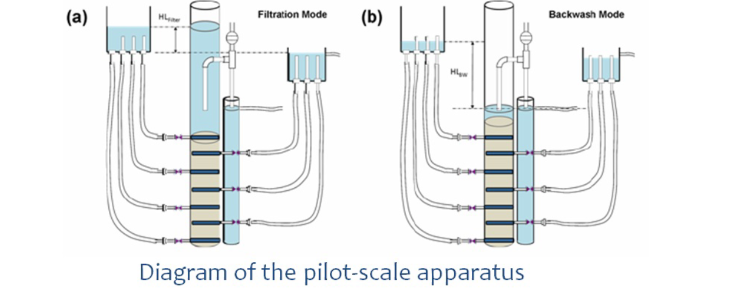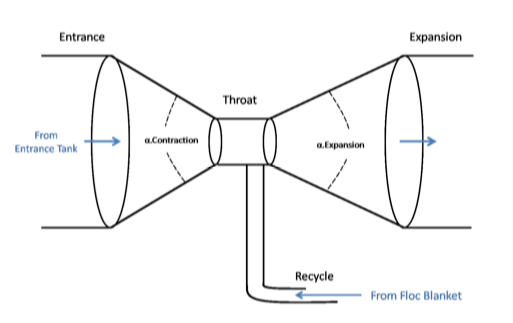Michelle Wang, Steph Lohberg, Chris Holmes
Introduction:
The purpose of this report is to effectively summarize the progress that has been made to fabrication methods for the stacked rapid sand filtration system over the course of the semester. The stacked rapid sand filtration system is a new technology developed by AguaClara. It has many advantages over traditional sand filtration systems. First, it uses less water to backwash, because the filter layers are stacked. The filtration system also uses the same water for to backwash all the filter layers, producing a concentrated waste stream and reducing backwash time. Furthermore, this technology is much easier to operate than conventional rapid sand filters. It fits all the criteria of AguaClara technology, as the normal filtration and backwash cycles are driven by gravity. Materials are relatively cheap and widely available in Honduras. Finally, this filtration system has been proven to lower the effluent turbidity sufficiently, producing treated water below the EPA standard of 0.3 NTU and often even less than 0.01 NTU. The first field scale design of this filtration system was recently implemented at the AguaClara plant in Tamara. There have been several previously unforeseen issues that have arisen. In Tamara, in order to fit the slotted pipes into the trunk line and end lines, compression slots were cut into the slotted pipes. However, this allowed sand to leak into the inlet and outlet plumbing. Sand leakage is a serious issue because it increases head loss in the filter, reduces the length of the filter cycles, lowers the efficiency of the filter, and makes it harder to backwash. One of our main goals for this semester was to find a way to make a sand-tight connection between the slotted pipes and the trunk line and end lines. Another challenge we are facing is to find a new construction method so that the manifold can be built outside of the filter box. After the manifold is completely assembled, it will be lowered into the filter box as a unit. A key part to our progress this semester is the steady feedback from the team in Honduras at the Tamara site. Changes that we make this semester will aid in the maintenance of the Tamara filter and the design and implementation of the next stacked rapid sand filtration system in San Nicolas.











